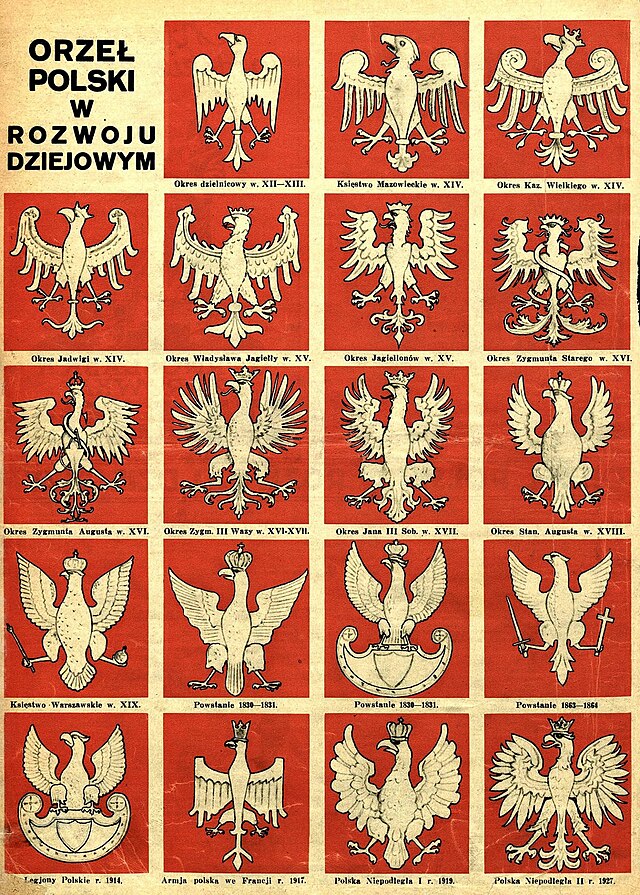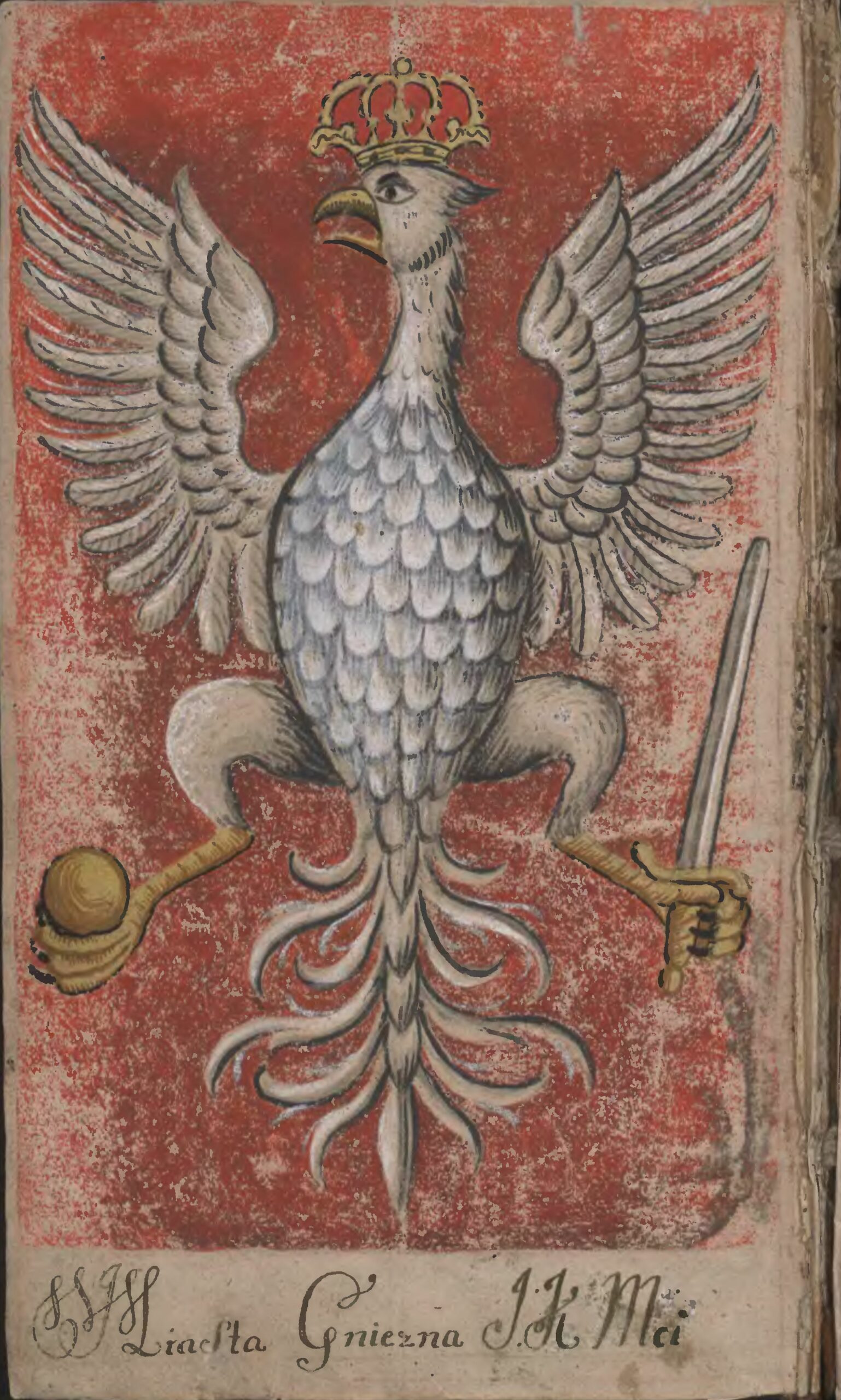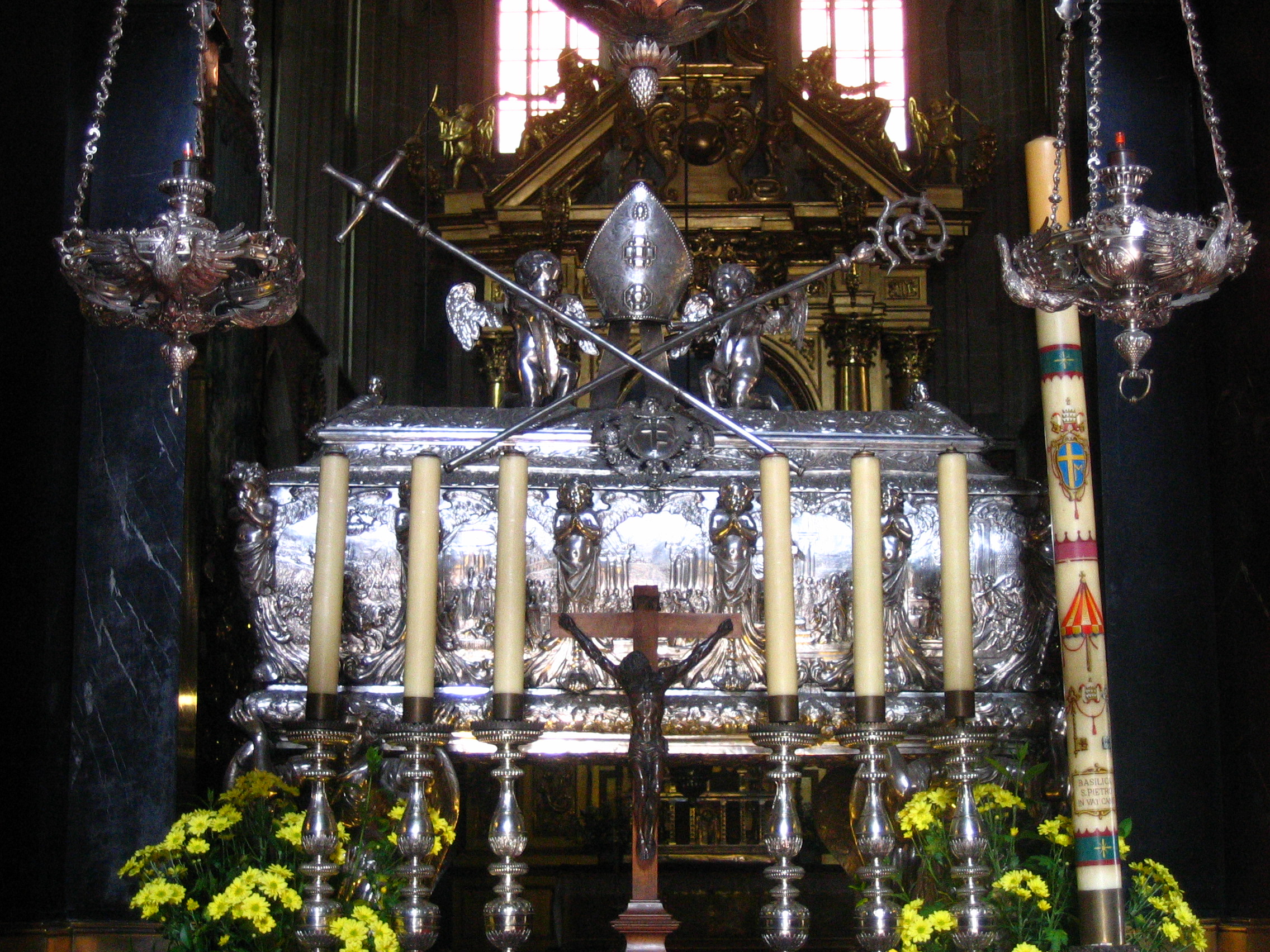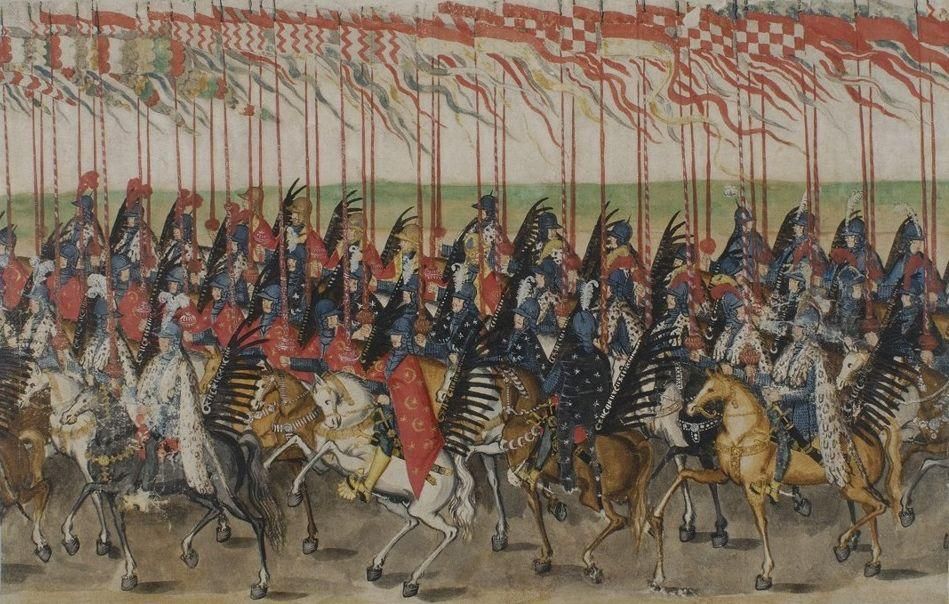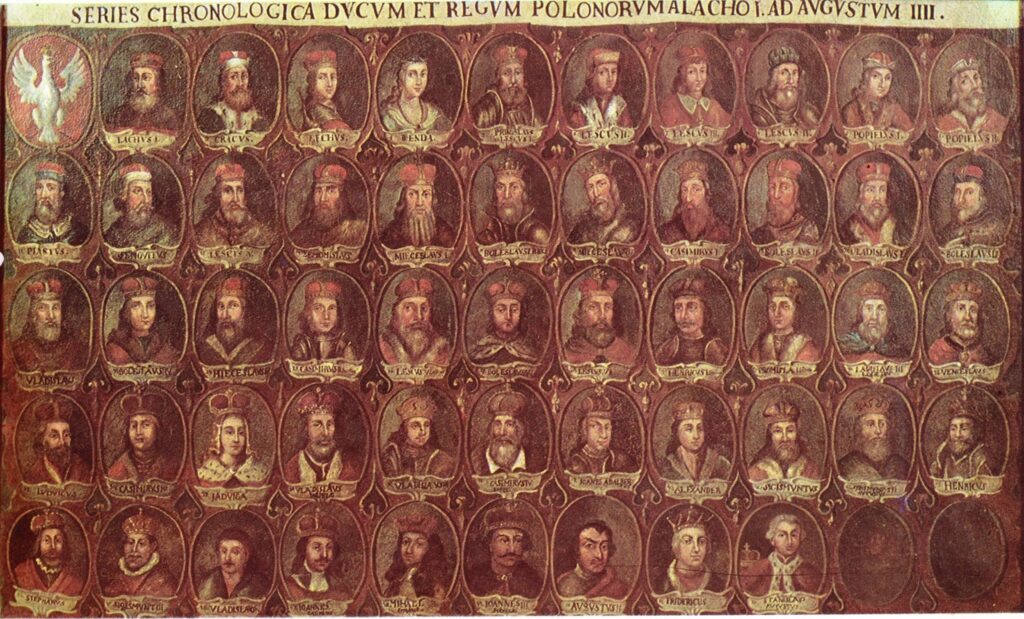
Polish national myths – Gniezno Cathedral
Polish figure of the „The story of the beginning” topic
Myths and legends are backbone of any national identity. In case of Poland, many of these origin from the tales older than the earliest written sources referring to the Piast dynasty and their realm – tales of ancient woods and native, tribal people inhabiting them. These stories, full of pagan magic and miracles, were not only remembered, but even maintained through times of Christianization, when monks scholars adopted them into the first chronicles of the state. New era and new religion also provided fertile soil for new legends – old magic was replaced with divine intervention, but the idea to use to use those tales to strengthen the spirit of the nation remained.
Some legends constituting Polish identity predate the earliest chronicles written in the realm of the Piast dynasty. These sources, compiled by Christian monks, tell tales of Pagan founders of the nation, such as Lech who established the capital of Gniezno in a place of eagle’s nest (gniazdo) or Piast the Wheelwright, the founder of the royal house named after him. The first recorders already updated the old tales with additions of the new religion and soon, even more myths revolving around Christian beliefs expanded the lore of Poland. Records of divine interventions, such as the tale of Saint Stanislaus, whose dismembered body miraculously grew back together, helped maintain the idea of intact Polish Kingdom through days of feudal fragmentation.
Faith of special sympathy of Holy Virgin Mary gave courage to soldiers and civilians alike in times of need, be it Swedish Deluge of 17th century or Bolshevik invasion in 1920. Stories of mythical ancestors and their bold endeavors, saints and pious men proving their adamant beliefs, acts of God’s intervention into worldly affairs – through centuries and generations, those equally inspired tribal warriors of first Piasts, knights of the medieval Polish Kingdom, ‘Sarmatians’ of the Polish-Lithuanian Commonwealth, insurgents in the post-partitions era and independence fighters of the 20th century. In modern, much less troublesome days, they can still inspire – not necessarily to fight, but to work, create and excel at personal goals in today’s Poland.
Facts


